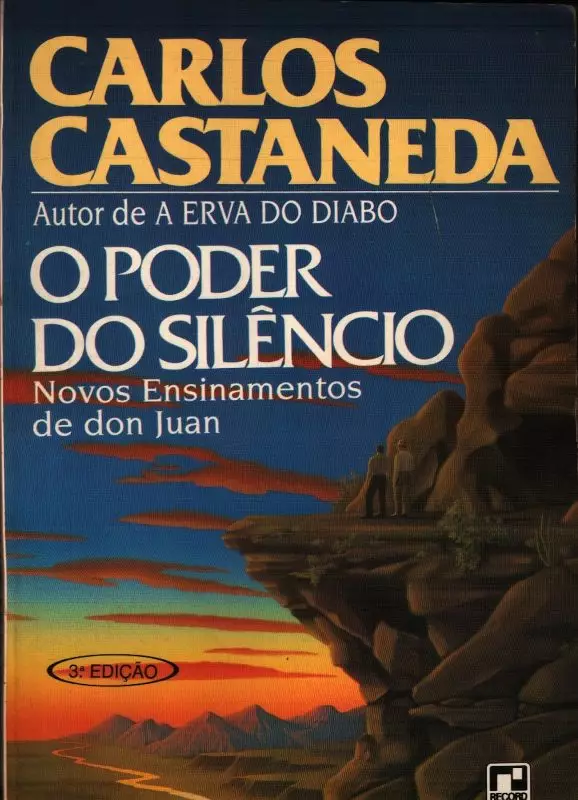Controlled folly isn’t something a person can practice and learn progressively.
In the challenge of learning to control folly, the key point is to understand what folly is, and to discover what controls it.
Naturally, it’s not the tonal that controls folly. The tonal, as it is, is part of folly, and folly cannot control itself. Folly can only be controlled by something that is and remains free from folly.
Common sense superficially understands folly as the loss of rationality/common sense, meaning the alignment of a perception that others don’t perceive. But humans are daily surrounded by evidence that aligning with collective perception is far from a guarantee of sanity.
From the perspective of perception, folly could be understood as the inability to keep the assemblage point stable in one position, that is, the inability to have a stable and coherent worldview. But folly as a whole isn’t limited to this, as the fixation of the assemblage point also proves to lead to another type of folly.
The determining factor of folly isn’t the ability or inability to have a coherent worldview, nor the ability to be rational or not, but the fact that, while we align a present worldview, whatever it may be, we totally confuse ourselves with it and forget ourselves.
At an energetic level, we are assemblage points perceiving the world and an image of ourselves through a particular position.
When we forget that we aren’t exclusively that particular vision, and we become totally attached to the image we have of ourselves within it, and to our interpretations and stories stemming from that particular perspective, we are officially insane, because we’ve forgotten what we truly are.
Imagine, as an analogy, someone playing a video game who believes they are the game character. That person remains insane no matter what actions they take within the game. An assemblage point that totally loses itself in the self-reflection and self-image of that positioning becomes insane in the same way.
What controls folly isn’t what we do within the worldview. What is, or can be, free from folly, is what exists prior to the descriptions of the world. The Toltecs call this Intent, and the act of reuniting one’s consciousness of being with Intent is called losing the human form.
But Intent, for the tonal, is just a theoretical concept. At least until it’s capable of gathering inner silence and lucidity, in sufficient intensities, to experientially perceive itself as a luminous being. And for that, there’s the warrior’s path.
Don Juan at a certain point calls the ability to be conscious of Intent, to see through the multiple worldviews we can align, “seeing.”
That is, not limiting oneself to looking exclusively through the eyes of the tonal, of that worldview, but learning to see through the eyes of Intent.
Seeing, in this sense, is what controls folly, canceling the subjective interpretations and importances of that vision.
When a luminous being is conscious of their luminosity, prior to senses and meanings, and acts through the tonal, through that one vision, as if they were a tonal, but knows that all their actions are the actions of an actor. They act through the tonal, as if they were a tonal, among tonals, totally conscious that they are Intent itself within which the whole dream is occurring.
By all criteria, their actions may appear to be folly, but this folly is controlled. Even if on the surface it might seem that they are striving to do their best in what they do, that dream is being dreamed with lucidity.
Controlling folly isn’t about actively trying to control one’s actions or thoughts in one direction or another. What brings folly under control is Consciousness. It is in control of everything, without the need to control anything.
Jeremy Christopher (2020)

